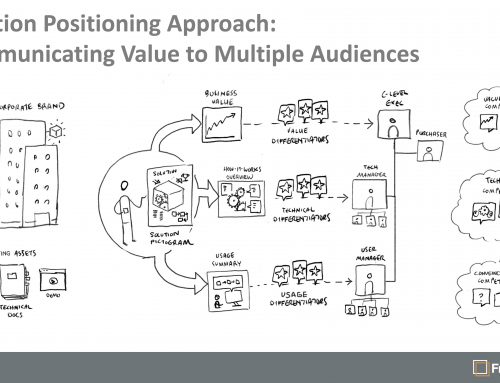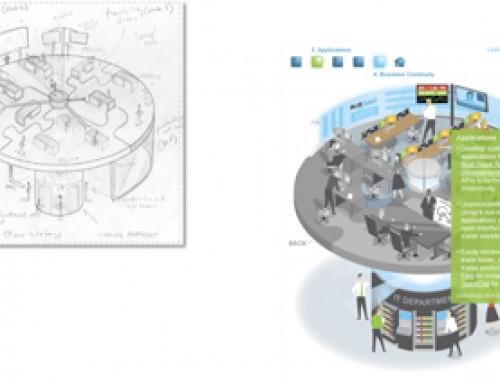
As I write this, my Gmail inbox continues to fill up, bursting at its digital seams with tens of thousands of messages archived and categorized for easy searching. I swear I delete all of the ones that are unnecessary, all of the ones I’m sure that I will never need again. And yet, somehow, I’ve managed to nearly fill my allotted 7.5-plus GBs of space.
We’ve been told that people are turning away from email and relying more and more on text messaging and other forms of communication to keep in touch, but our collective inbox grows. Microsoft recently commissioned MarketTools, an independent research firm, to survey a group of both students and professionals to get a sense of how they use their email. While 28 percent of the respondents said that texting had increased or stayed about the same for them over the previous year, 96 percent said the same of email.
To accompany the findings, Microsoft released this infographic showing the evolution of email since it was first introduced in 1965.
Infographics are always a bit of a hodgepodge of statistics culled from a variety of sources. Here, we sort through the clutter and pull out some of our favorite facts and figures:
- 1965: Email is introduced at MIT.
- 1977: The United States Postal Service begins to see email as a potential threat to mail volume.
- 1982: First known use of the word email.
- 1988: The first commercial email product, Microsoft Mail is released for the Mac.
- Early 1990s: Email spam begins.
- 1998: “You’ve Got Mail” premieres at the box office.
- 2004: The Federal Trade Commission codifies email spam laws.
- 2007: Google makes Gmail available to the public worldwide.
- 2011: Associated Press Stylebook changes “e-mail” to “email.”
MAY 9 2011, 11:11 AM ET Nicholas Jackson






